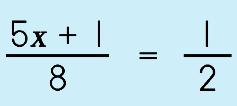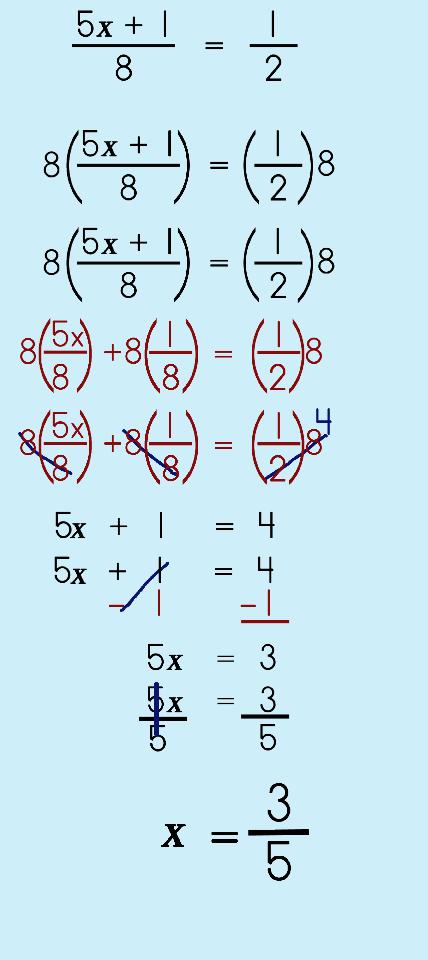 |
|
OMG! There are FRACTIONS in the equation! What the heck? Have you felt like this before? I bet you have, right? You see a fraction in an equation and just freaked out because you simply had NO idea what to do or where to even begin. WELL, you just have to remember that fractions are your BFF. That's right! In elementary school, fractions were that 'other' F word but in Algebra, fractions make things so much easier because the number PROPERTIES (yippee!) help you, the more mature math student, do things that the elementary student just isn't knowledgable enough to do. Let's take a peek at how to solve equations involving fractions. |
||
 |
||||
Here's a typical fractions equation. |
||||
 |
|||||||||
Step 1: Find the Least Common Denominator.
|
|||||||||
Step 2: Use Multiplication Property of Equality.
|
|||||||||
Step 3: Solve for the variable.
|
|||||||||
 |
|||||||||
©2011–2017 Sherry Skipper Spurgeon. All Rights Reserved. |
||